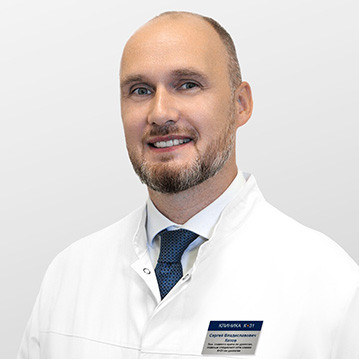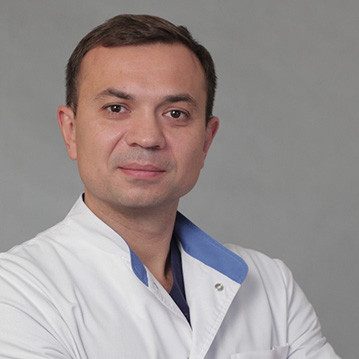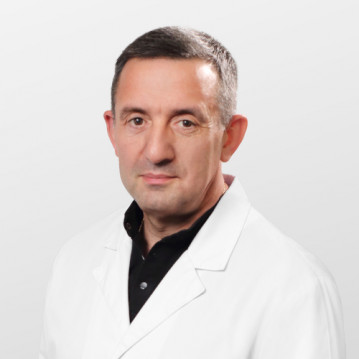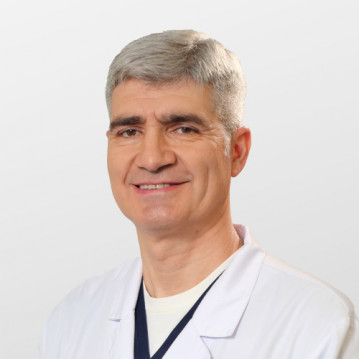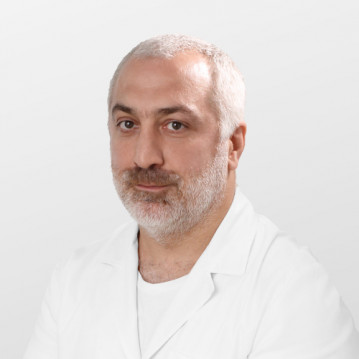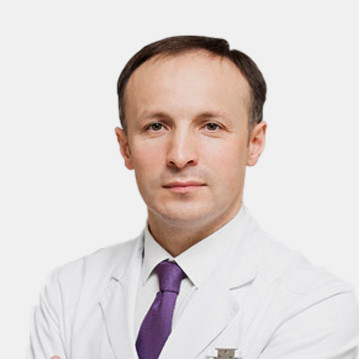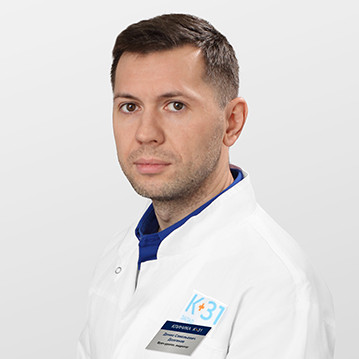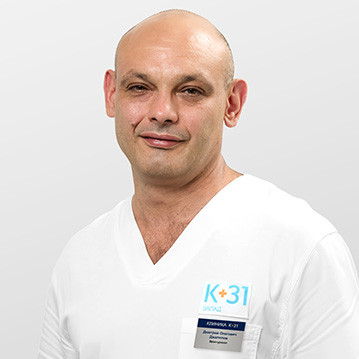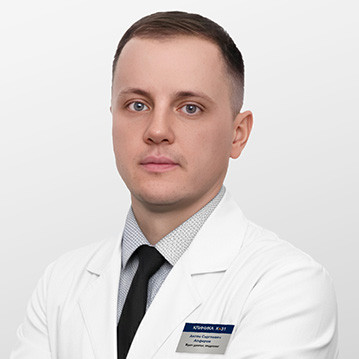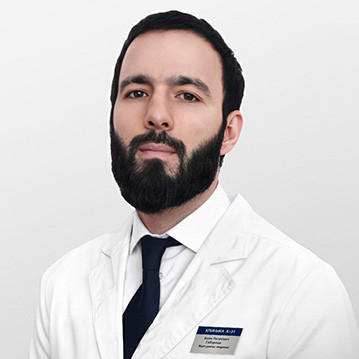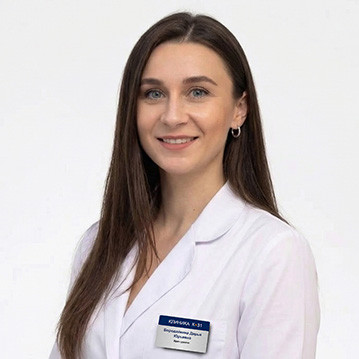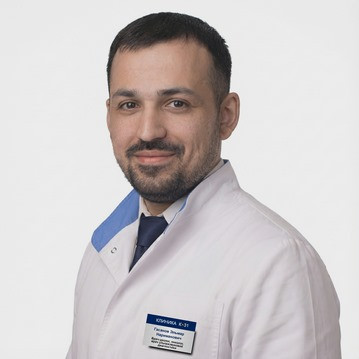Laparoscopic surgery refers to minimally invasive technologies that are designed to diagnose and treat diseases of the internal organs. Thanks to this technique, it is possible to avoid abdominal surgery and reduce the rehabilitation period for the patient. In the medical center "K + 31" operations are performed by laparoscopy, both on an outpatient basis and in a hospital.
What is laparoscopy
In translation from Latin, laparoscopy is a manipulation in which the doctor can "look into the womb" of the patient without resorting to a skin incision. During the diagnostic procedure, you can:
- examine the condition of the internal organs of the abdominal cavity, retroperitoneal space and pelvis;
- perform tissue resection,
- delete neoplasm:
- suturing;
- Take a biopsy.
In most cases, laparoscopic operations are performed on the organs of the gastrointestinal tract, genitourinary system and glands.
In the process of surgical intervention, a special device is used - a laparoscope. It looks like a thin tube equipped with a miniature camera and a light.
Indications for diagnostic laparoscopy
The laparoscopic method is the main one for diagnosing the following pathologies:
- in gynecology - infertility, diseases of the uterus (neoplasms, endometriosis), fallopian tubes and ovaries (ruptures of the appendages or tumors), complicated ectopic pregnancy, acute inflammation in the small pelvis;
- in urology - neoplasms in the urinary system, prostate gland in men;
- in gastroenterology - diseases of the gastrointestinal tract, liver and kidneys, gallbladder, hernia, gastrectomy.
While a diagnostic laparoscopy is being done, the doctor can take a sample of tissue from the internal organs for a biopsy with subsequent laboratory analysis. For many pathologies, this is the only highly informative diagnostic method. With its help, it is possible to find the cause of the disease and choose a method of treatment.
If a preliminary diagnosis is based on the results of other studies of internal organs (MRI, CT, ultrasound), the doctor can immediately prescribe a laparoscopic surgery.
Indications for therapeutic laparoscopy
In surgery, this technique is indicated for the removal of neoplasms, resection of foci of inflammation and elimination of the consequences of complications after operations in order to reduce blood loss and speed up recovery.
Laparoscopic surgery is performed to remove:
- gall bladder, hernia (abdominal, umbilical, inguinal, white line of the abdomen);
- parts of organs in oncological lesions;
- neoplasms - benign cysts, polyps, adenomas, malignant tumors of the stomach, esophagus, duodenum, intestines, adrenal glands, retroperitoneal space, genital organs;
- calculi in urolithiasis and cholelithiasis.
Laparoscopy of the stomach, uterus, biliary tract can be performed by organ resection or ectomy. The doctor chooses the method of surgical treatment taking into account the diagnosis and possible restrictions. Gastrectomy is one of the most complex types of surgical intervention, the effectiveness of which with the laparoscopic method is several times higher than with the classical, cavitary one.
